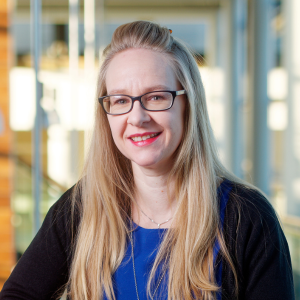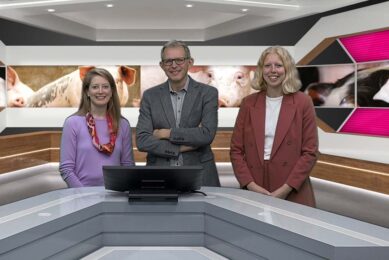Webinar: Optimising pig reproductive management in Argentina

With the support of 11 Dutch companies, Argentina’s GITAH Porcino Group organised a series of webinars to address practical challenges and solutions in the country’s pork production sector. This episode highlights how to optimise reproductive management.
This webinar was held in The Hague, the Netherlands, and was hosted by Pig Progress Editor, Vincent ter Beek. Although aimed at the Argentinian market, the guest speakers are from around the world and shared their expertise from various related fields.
Using data to improve results
Joining remotely from Columbia, Francisco Tascon, a trained veterinarian and currently sales manager for AgroVision in Latin America, spoke about how to use data to improve results in the breeding herd. He emphasized how we need to shift our focus from evaluating averages to being able to see variations. “What we cannot measure we cannot improve,” he said, adding that a good information system can help to anticipate problems.
Gilt reproductive performance
Catalin Nicolaiciuca, a nutritionist at breeding company Topigs Norsvin, joined the webinar in the studio and spoke about optimising gilt rearing to achieve better reproductive performance. He emphasized that selecting the right gilt cannot be underestimated, and discussed several key principles to focus on, including selecting a gilt from a uniform litter, exposure to boars, weight gain during gestation, and weight loss during lactation.
Data in swine production
Technology expert and sales account manager Pig Solution at Nedap, Harjan Westerman, shared details on smart feeding systems that register the activity of sows entering the systems and their feeding behaviour. This goes a long way in managing them to the right body condition to gestation and therefore supports performance, he said.
A digital animal passport
Peter ter Linde is the CEO of the precision livestock farming company, LeeO, in the Netherlands, which specialises in the individual registration of piglets and follows them all the way to the consumer. While covering the importance of traceability, optimising farming and research, and better farm management, he highlighted the advantages and the importance of being able to trace a pig from birth to slaughter and to have easy access to detailed information about each indicidual pig.
This webinar ended with a roundtable discussion between all the host and all the presenters and included discussions around the biggest problems in pig production in Latin America.
 Beheer
Beheer








 WP Admin
WP Admin  Bewerk bericht
Bewerk bericht